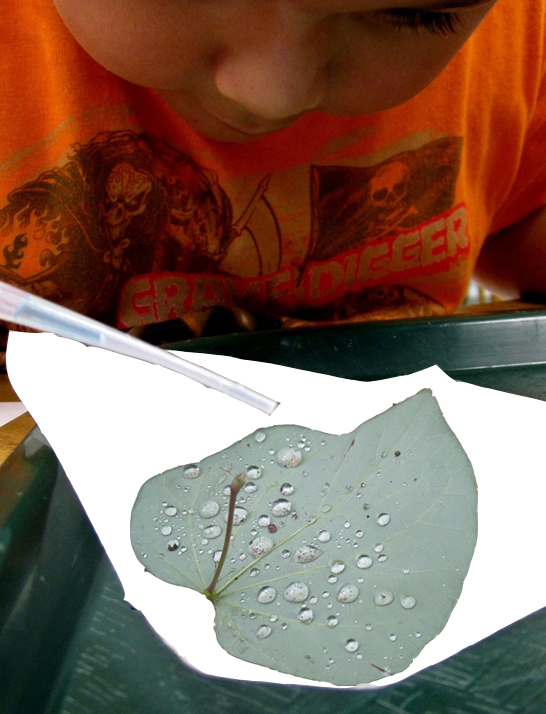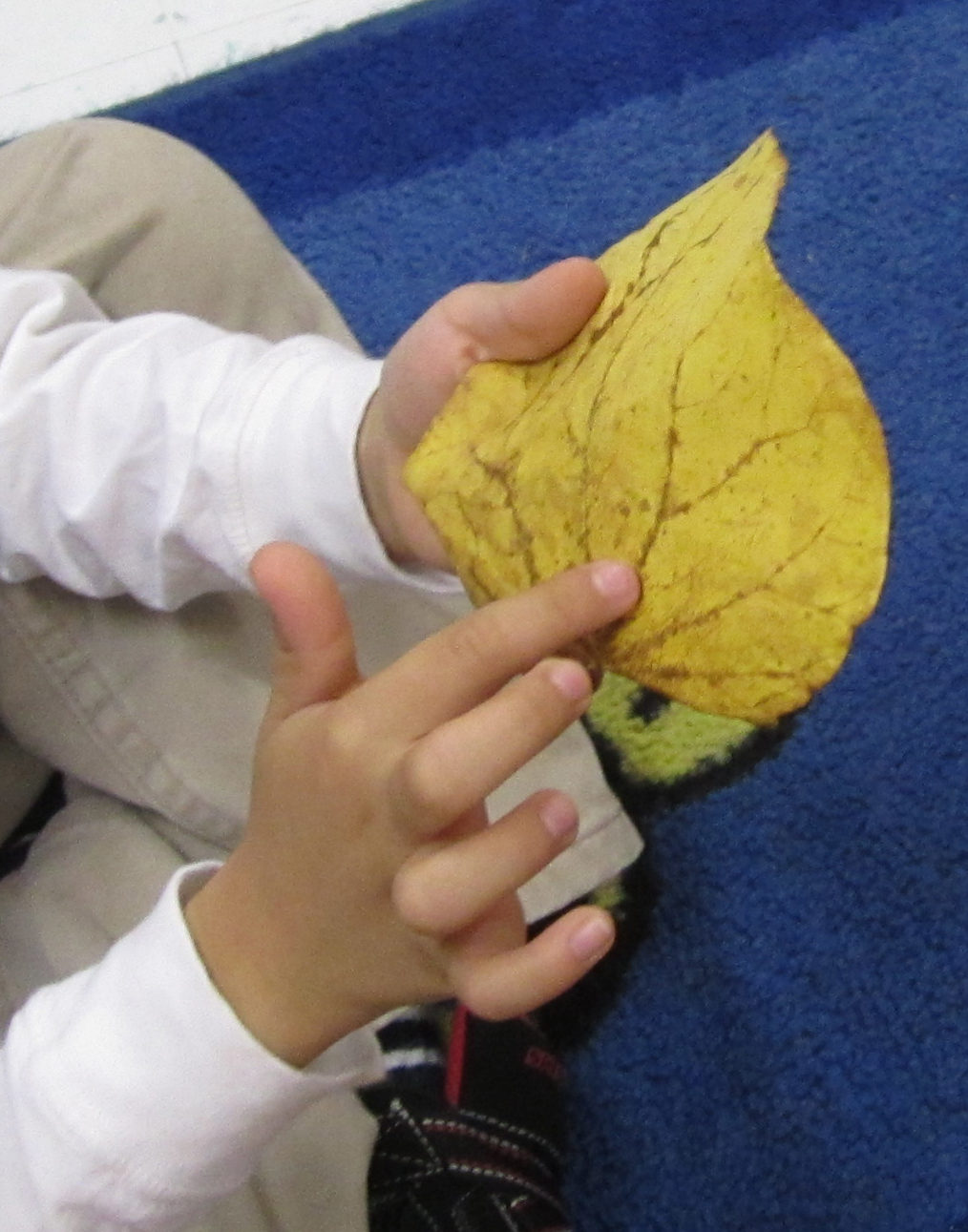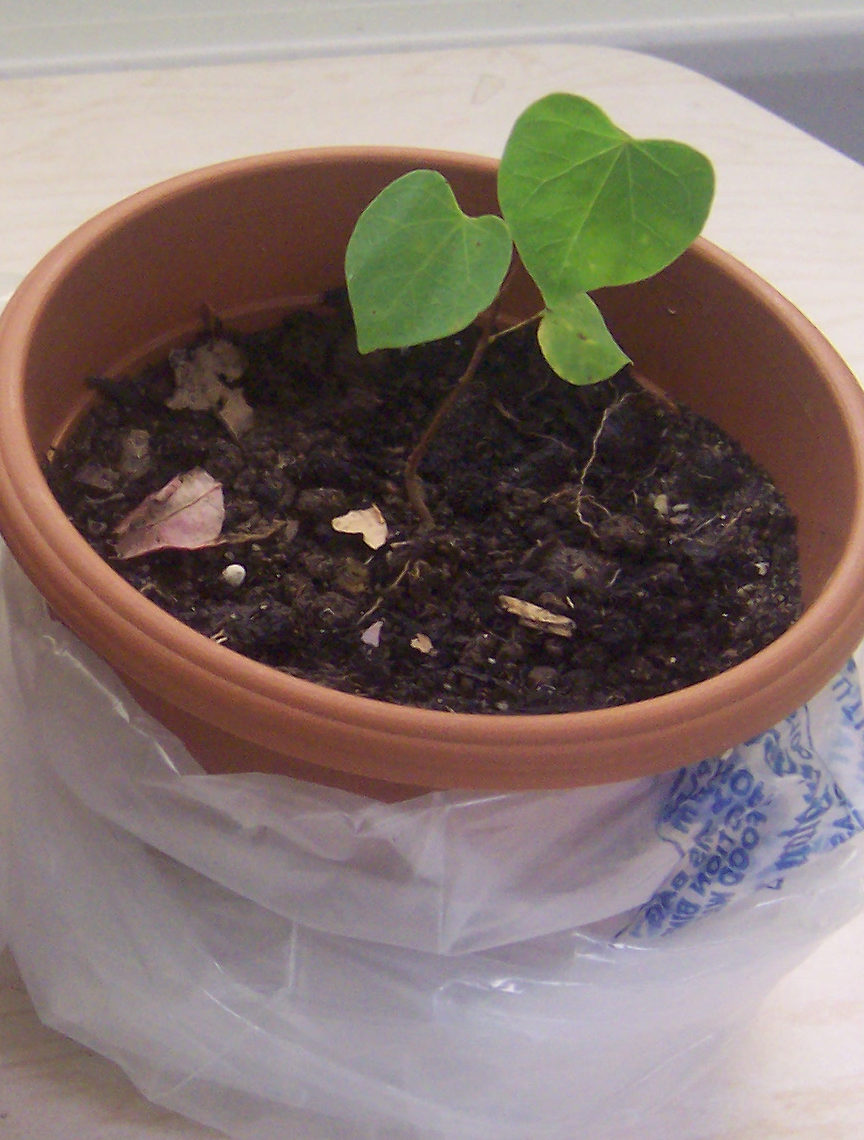Farm: animals & a beginning understanding of hereditary
By Peggy Ashbrook
Posted on 2018-02-11

Figure 1 — Pie chart showing estimated proportions of different groups of organisms on Earth today, by numbers of species.
If you were asked to name 10 animals, would an insect be one of them? Many of us, including young children, think of insects as “bugs” that are not really animals. Looking at a pie chart showing estimated proportions of different groups of organisms on Earth today we see a great diversity and how the number of species of insects is many times larger than other groups of organisms (Slater, 2014, Figure 1).
Diversity of animal life doesn’t only mean the amazing number of different species of living animal organisms in the world, counted by scientists thus far. Diversity can be observed within a species and the words we use when talking about animals with children can help them understand this. If children are matching toy animal parents with babies based on color, begin a conversation about the other attributes of the animals. “Which animal models have horns?” “What are their tails shaped like?” “What about this animal makes it look like a cow?” Provide children with photos and other media examples of animal groups where the parents and babies are not exactly alike. Families in your program or class may be good examples of how young animals “are like, but not exactly like, their parents” (NGSS 1-LS3-1). Use resources that describe the many ways families come together to affirm all family structures and be aware that not all children are biologically related to their adult family members. The book Anti-bias Education for Young Children and Ourselves by Louise Derman-Sparks and Julie Olsen Edwards has helpful chapters on family structures, culture and language, racial identity, and many other areas where prejudice, misinformation, and bias may exist.
Two Disciplinary Core Ideas for Life Science, LS3.A and LS3.B, in the Next Generation Science Standards (NGSS), are concepts preschool children can think about when learning about where our food comes from. Preschool lesson plans can do more than present a mythical farm where there is one family group of each animal species and each baby animal looks like a miniature version of the adult parent.
LS3.A Inheritance of traits. Young organisms are very much, but not exactly, like their parents
LS3.B Variation of traits. Individuals of the same kind of plant or animal are recognizable as similar but can also vary in many ways.
These two DCI’s support the first grade Performance Expectation 1-LS3-1 Heredity: Inheritance and Variation of Traits. This standard states “Students who demonstrate understanding can: Make observations to construct an evidence-based account that young plants and animals are like, but not exactly like, their parents.” Children might observe that the baby chickens that were hatched in the classroom have a variety of feather colors, and that their own hair is different in texture or color than their father’s and mother’s hair, or that the leaves on a tiny Redbud tree are smaller than those of the parent tree.
Consider what you want children to do and what you want them to learn. What will help children learn about the world beyond their immediate experience? What do you want them to know first—the species’ names for the mother, father, and baby of common farm animals (e.g, mare, stallion, and foal), the sounds they make, their relationships to one another, or what kinds of products we use made from farm animals? Providing labels for objects helps shape children’s conceptual development as well as knowledge (Institute of Medicine and National Research Council page 99).
While reading a book about animals to children, naming the species and imitating their sounds will be the first way I introduce very young children to animals. Pointing out the baby-parent relationship and introducing words such as “foal,” “calf,” and “kid” can come later. Unless those words will be used on a regular basis—if your children often see parent and baby horses or other animals—new vocabulary words won’t be remembered and that is okay.
Having two words for a single animal may be confusing. Some baby animals look very different from their parents—caterpillars and butterflies, and tadpoles and frogs. We can emphasize the connection by frequent labeling when we talk about these animals, saying, “The caterpillar is a baby butterfly,” and “The baby butterfly is eating the leaf.” Even when pictured side by side children may easily identify a frog but say its tadpole is a snake. First-hand experiences observing baby animals maturing into their adult form can link dissimilar baby and adult forms as one species in children’s understanding.
 In the February 2018 issue of Science and Children I wrote about observing animal life cycles. Children who live close to animals, pets or farm livestock, become knowledgable through first-hand observations as well as learning about other animals through fiction and non-fiction books. Learning about animals of all kinds expands children’s understanding of animal diversity. When looking for books to teach children about animals be aware of the limitations of learning through media rather than by direct experience. Look for books and video with images that show adult and baby animals in proportional sizes, or in relationship to a human, such as Actual Size by Steve Jenkins (2004) and National Geographic Children’s Books Explore My World Baby Animals (2015) by Marfé Ferguson Delano. View images of animals on commercial farms, available on the FarmFood360 website by Farm & Food Care Ontario.
In the February 2018 issue of Science and Children I wrote about observing animal life cycles. Children who live close to animals, pets or farm livestock, become knowledgable through first-hand observations as well as learning about other animals through fiction and non-fiction books. Learning about animals of all kinds expands children’s understanding of animal diversity. When looking for books to teach children about animals be aware of the limitations of learning through media rather than by direct experience. Look for books and video with images that show adult and baby animals in proportional sizes, or in relationship to a human, such as Actual Size by Steve Jenkins (2004) and National Geographic Children’s Books Explore My World Baby Animals (2015) by Marfé Ferguson Delano. View images of animals on commercial farms, available on the FarmFood360 website by Farm & Food Care Ontario.
Institute of Medicine and National Research Council. 2015. Transforming the Workforce for Children Birth Through Age 8: A Unifying Foundation. Washington, DC: The National Academies Press. https://www.nap.edu/read/19401/chapter/1
Slater, B. J. 2014. Fossil Focus: Arthropod–plant interactions. Palaeontology Online, Volume 4, Article 5, 1-17. http://www.palaeontologyonline.com/articles/2014/fossil-focus-arthropod-plant-interactions/
Disclaimer: The views expressed in this blog post are those of the author(s) and do not necessarily reflect the official position of the National Science Teaching Association (NSTA).





